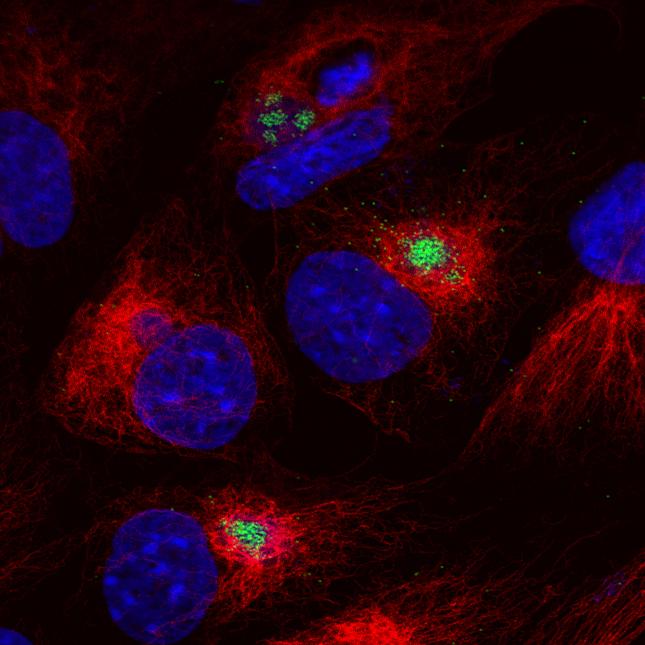Exploring pig trade patterns to inform the design of risk-based disease surveillance and control strategies
An understanding of the patterns of animal contact networks provides essential information for the design of risk-based animal disease surveillance and control strategies. This study characterises pig movements throughout England and Wales between 2009 and 2013 with a view to characterising spatial and temporal patterns, network topology and trade communities. Data were extracted from the Animal and Plant Health Agency (APHA)s RADAR (Rapid Analysis and Detection of Animal-related Risks) database, and analysed using descriptive and network approaches. A total of 61,937,855 pigs were moved through 872,493 movements of batches in England and Wales during the 5-year study period. Results show that the network exhibited scale-free and small-world topologies, indicating the potential for diseases to quickly spread within the pig industry. The findings also provide suggestions for how risk-based surveillance strategies could be optimised in the country by taking account of highly connected holdings, geographical regions and time periods with the greatest number of movements and pigs moved, as these are likely to be at higher risk for disease introduction. This study is also the first attempt to identify trade communities in the country, information which could be used to facilitate the pig trade and maintain disease-free status across the country in the event of an outbreak.
